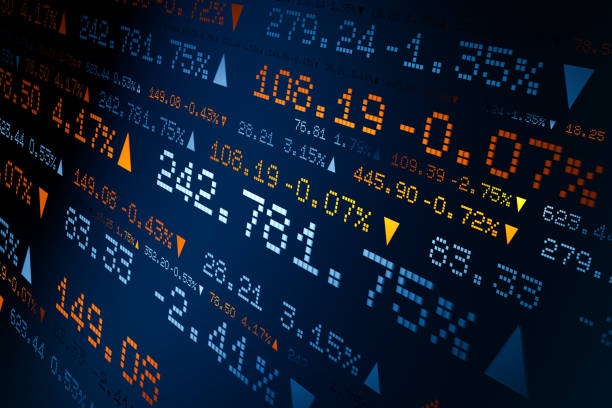US stocks have reached record highs this week, with borrowing spreads for American companies tightening to their narrowest levels in decades. The rally comes despite concerns that markets are becoming “priced for perfection” even as economic and geopolitical risks continue to rise.
Tech giants Nvidia and Alphabet now hold multi-trillion-dollar valuations, but the rally is spreading far beyond the technology sector. The S&P 500 and the Nasdaq Composite are up 13 percent and 17 percent, respectively, this year, both setting new records. The Russell 2000, which tracks smaller companies, also hit a fresh peak after the Federal Reserve announced an interest rate cut on Wednesday.
Risk Appetite Extends Across Asset Classes
The rally has not been limited to equities. Credit markets show similar trends, with high-grade US companies now paying less than 0.8 percentage points over US Treasuries — the narrowest margin since 1998.
“It’s fair to say that you’ve never been paid less to take risk,” said Jamie Patton, co-head of global rates at asset manager TCW. She noted that this pricing extended across asset classes, highlighting what she described as an “increasing paradox” given the clear economic effects of Donald Trump’s trade war.
Rally Beyond the US
The optimism has spread globally. The MSCI All Country World Index, which monitors both developed and emerging economies, has reached an all-time high. Emerging market stocks, long avoided by investors, have outperformed the global index in 2025, suggesting a renewed appetite for risk.
European and US credit markets have also moved in sync. In recent weeks, borrowing costs for some French companies have dropped below those of the French government — a rare occurrence that signals investors are no longer demanding extra compensation for corporate lending.
Investors Caution Against Overconfidence
Not all investors are convinced by the surge. Ben Inker, co-head of asset allocation at GMO, said much of the rally appears driven by a “fear of missing out” and the belief that wealth creation is guaranteed.
He described ultra-tight credit spreads as the “most mystifying” aspect of the rally, pointing out that small-cap strength appears at odds with signs of a weakening US economy. “I just do not understand how you could not think that the path of economic outcomes is pretty volatile,” he added.


